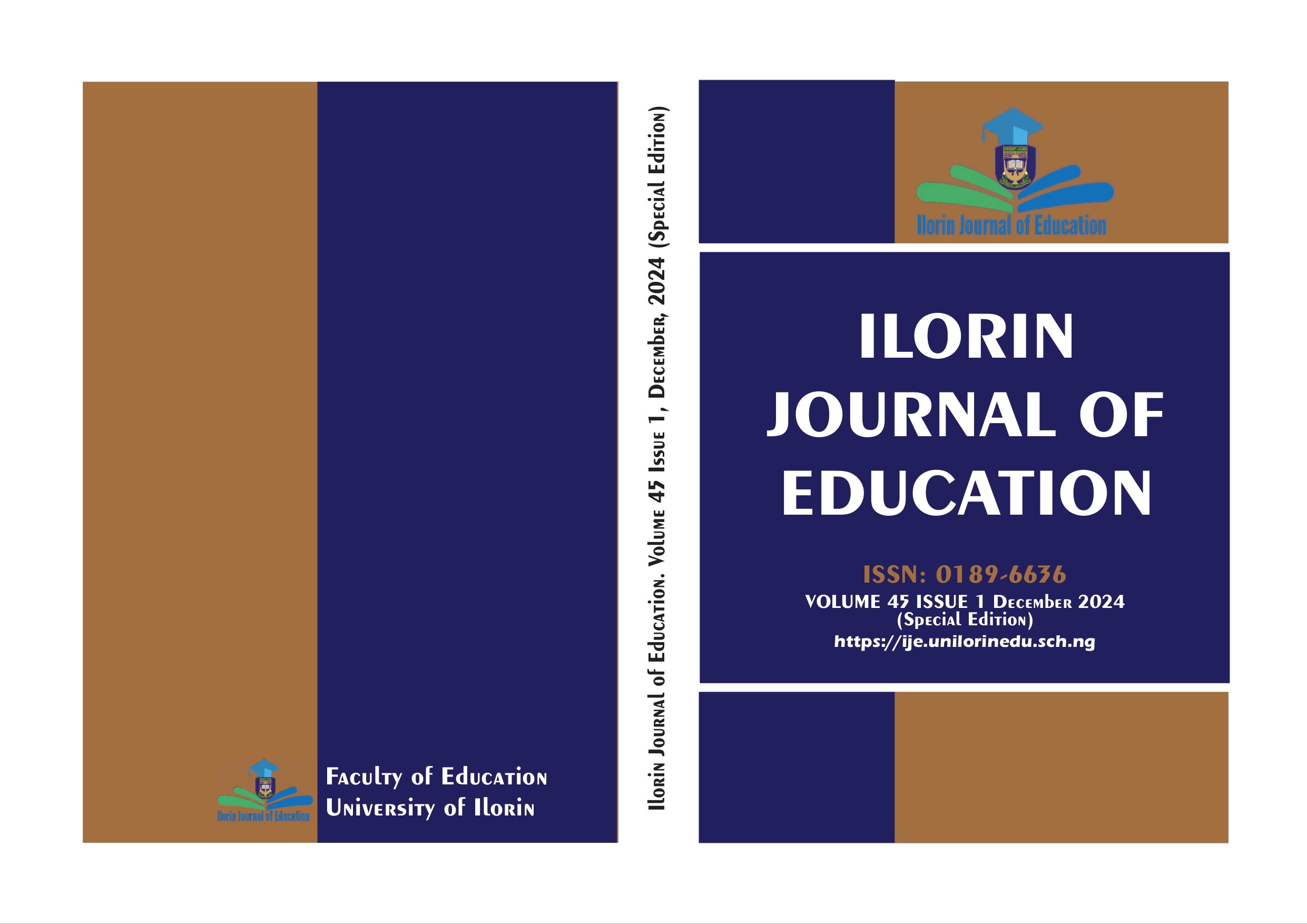Creative Edupreneurship: Creating Inexpensive Biology Teaching Resources, Schools Facilities from Waste Products for Science Education at a Reasonable Cost
Keywords:
Waste to wealth, PET plastics, Paper mache, Instructional materials, Economic empowermentAbstract
This study investigates the conversion of waste materials into useful teaching materials and gardening tools in the interest of creative educational entrepreneurship. This study explores the possibilities of waste plastics, particularly PET, and waste paper in solving the lack of reasonably priced educational resources in schools. This study has produced useful products including watering cans, seedling shields, and instructive models by ingeniously utilizing PET plastics. Additionally, using paper mache techniques to turn waste paper into long-lasting and reasonably priced educational materials offers a sustainable substitute for pricey imported educational goods. In addition to giving educators the means to create necessary instructional resources, this waste-to-wealth strategy provides schools with a workable answer to their financial problems. By decreasing reliance on expensive imports and utilizing locally available waste materials, this effort highlights the advantages of both economic empowerment and environmental sustainability. In the end, this study shows how educational entrepreneurship can promote sustained economic growth as well as innovation in instructional strategies.
Downloads
Published
How to Cite
Issue
Section
License
Copyright (c) 2024 Faculty of Education, University of Ilorin, Ilorin, Nigeria

This work is licensed under a Creative Commons Attribution-ShareAlike 4.0 International License.





